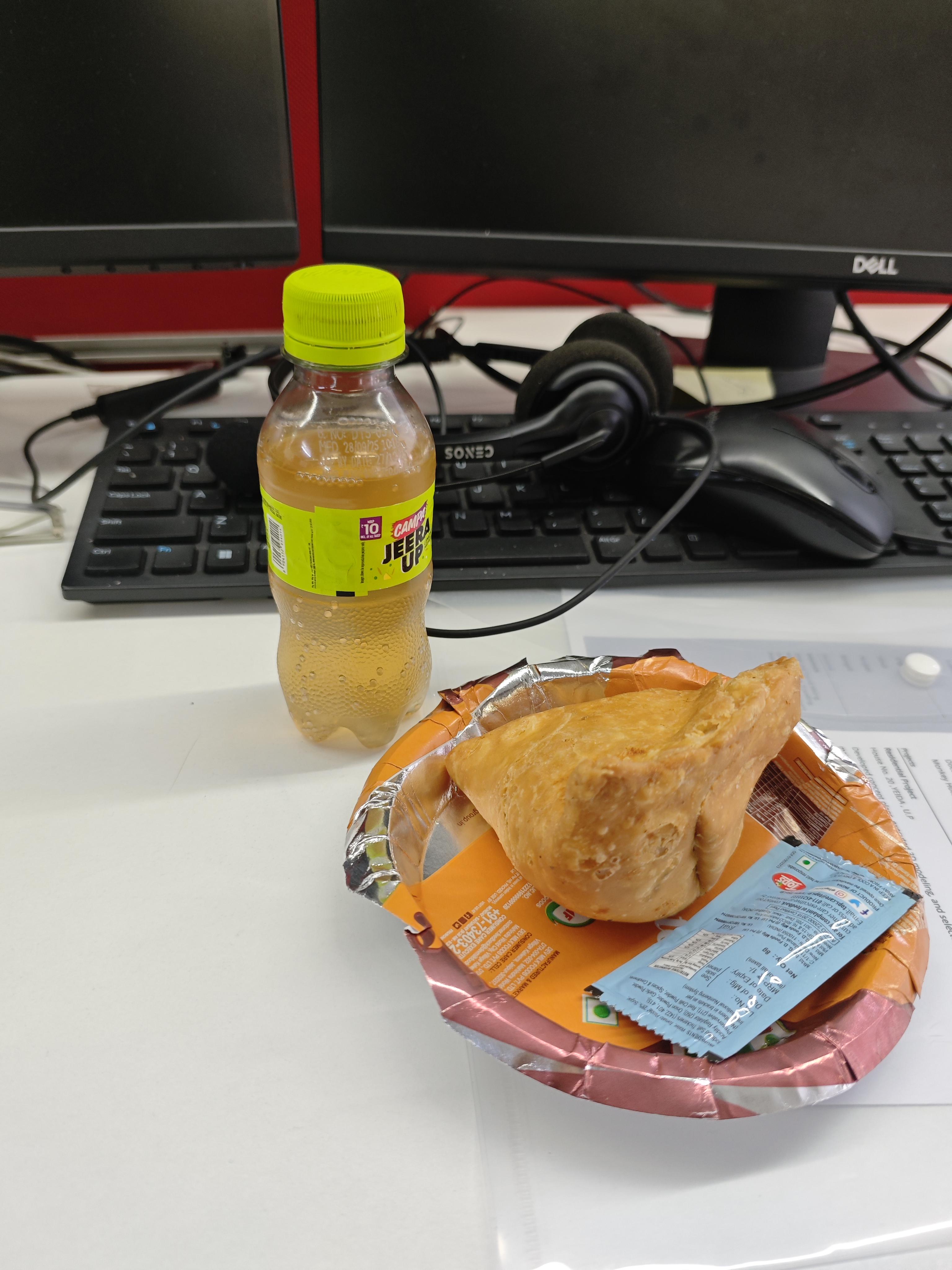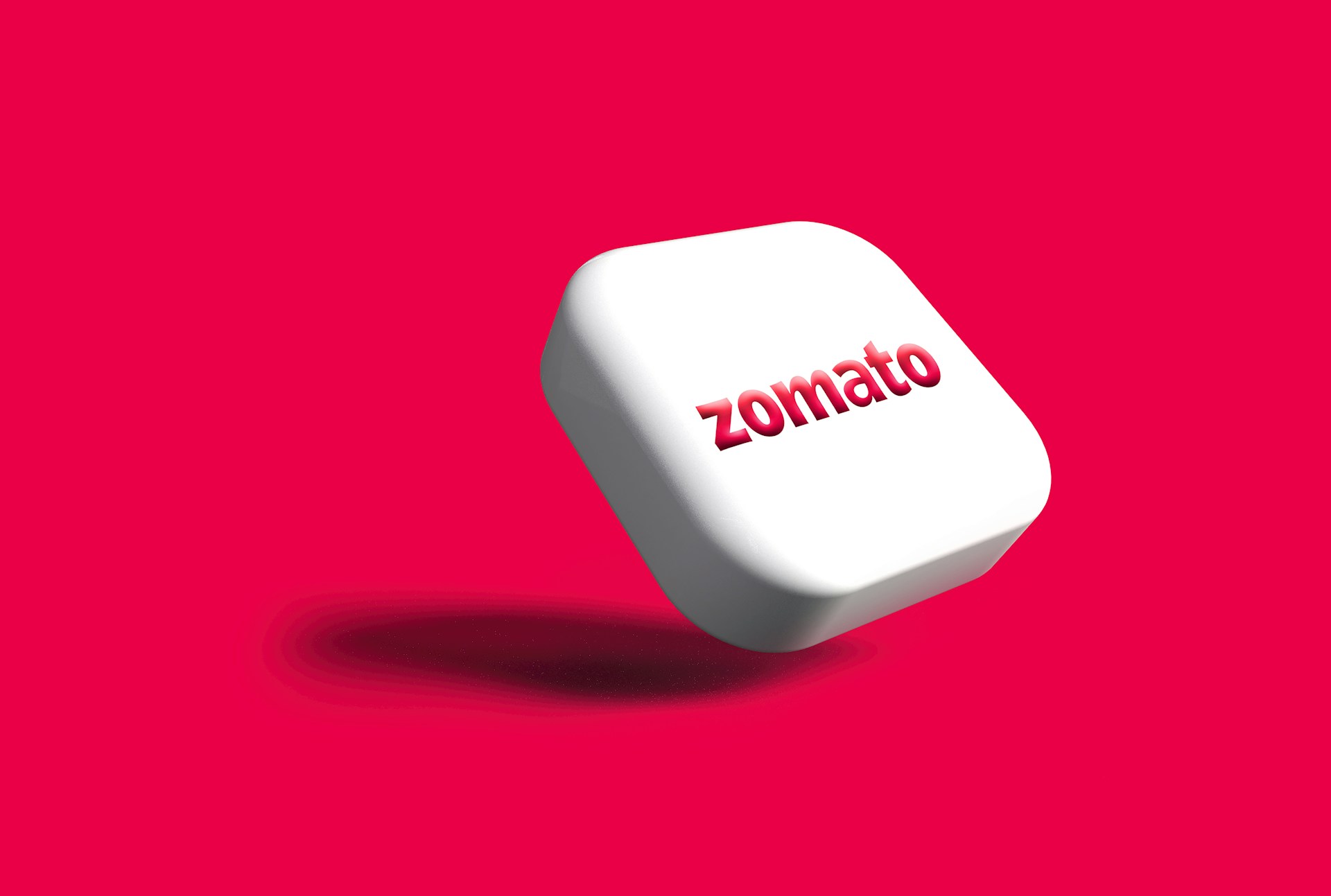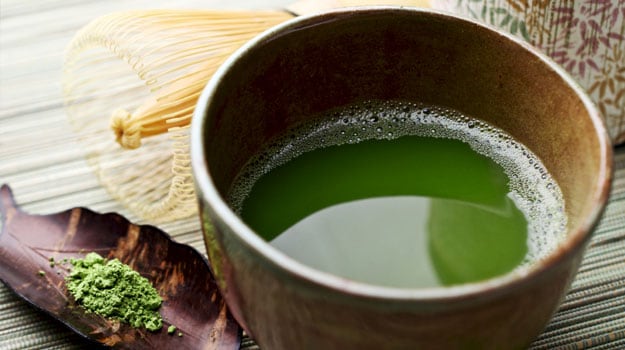Images via iStockSome food trends fade faster than you can say "goji berry," but others have real staying power and can add dimension to our diets for the long haul. Here are several healthy foods worth paying attention to - I predict not only that you'll be seeing more of them in 2016, but they also have what it takes to stick around.1. Matcha
Search #matcha on Instagram and you get nearly a million posts, from muffins and ice cream to smoothies and lattes, all bearing the vibrant grassy hue of the Japanese tea. Matcha is made from green tea leaves, which are ground into a powder, then whisked into a liquid such as water or milk and served as a beverage or added to foods. With matcha you consume the whole tea leaf, whereas with regular green tea the leaves are steeped in water and then discarded.
 Matcha is extremely rich in catechins, the active compounds found in green tea that are known to have beneficial health properties, and it adds a stunning color to all it touches. It hasn't been studied well enough to confirm that it is significantly better for you than other types of green tea, and it's not magic - adding it to cakes and macaroons doesn't make those foods healthy - but it is an easy, appealing and different way to get healthy green tea into your life. Keep in mind that it does contain caffeine: cup for cup about half as much as a brewed coffee and twice that of black tea. Next time you grab a latte at your local coffeehouse, try making it a matcha. But, as with any latte, get it unsweetened (or just lightly sweetened), and go for low-fat milk to keep it in the healthy zone.
Matcha is extremely rich in catechins, the active compounds found in green tea that are known to have beneficial health properties, and it adds a stunning color to all it touches. It hasn't been studied well enough to confirm that it is significantly better for you than other types of green tea, and it's not magic - adding it to cakes and macaroons doesn't make those foods healthy - but it is an easy, appealing and different way to get healthy green tea into your life. Keep in mind that it does contain caffeine: cup for cup about half as much as a brewed coffee and twice that of black tea. Next time you grab a latte at your local coffeehouse, try making it a matcha. But, as with any latte, get it unsweetened (or just lightly sweetened), and go for low-fat milk to keep it in the healthy zone.
2. SeedsSeeds, in general, are nothing new, but the varieties on the market and the ways we are using them have exploded. In addition to the longtime favorites - sunflower, sesame and pumpkin seeds - flax came on the scene, and now there are chia and hemp, too. (More on hemp in a minute.) Seeds are prominently featured in new formulations of energy bars, crackers, cereals and granola; they are available ground into flours and mixed into smoothies; you can buy packages of roasted watermelon seeds (which are delicious!); and more cooks are roasting the seeds from their butternut squash instead of throwing them away.
 I attribute this new popularity to the fact that seeds are part of almost any eating plan, from vegan to paleo. They are gluten-free, and many people with nut allergies can use them to substitute for nuts in recipes. Plus, they are a nutritional powerhouse, packed with healthy fat, fiber, essential minerals and protein. Seeds may be small in size, but they are a big deal this year and probably beyond.3. HempHemp is a seed, but it's in a class of its own, having a presence in almost every aisle at my local Whole Foods market. Not only can you buy the seeds, called hemp hearts, to sprinkle on cereal or yogurt, or bake into muffins and bars, but shelves are stocked with hemp milk, hemp oil and countless products made with the nutritious seed. Once fringe and even banned from production in the United States because of the plant's relation to marijuana, hemp is now as common as flax on the labels of granola, cereals and bars. Don't worry (or should I say, don't be sorry?), hemp foods don't get you high - hemp has only trace amounts of THC - and it is now legal to grow it industrially in many states. Hemp offers a wealth of nutritional benefits, including healthy fats and high-quality protein. My guess is that you'll be seeing a lot more hemp products down the pike.4. SauerkrautNot long ago, the only sauerkraut you could buy in an average grocery store was limp, grayish stuff that came from a can and tasted mostly like vinegar. Now kraut is having a renaissance, thanks to our newfound understanding of the health benefits of fermented foods and the good bacteria (probiotics) they supply. Sauerkraut, which is fermented cabbage, naturally contains these valuable probiotics, but the heating process that makes it shelf-stable destroys them and impacts the kraut's taste and texture. Enter unpasteurized or raw kraut now found in the refrigerated section in most grocery stores from small-batch local producers and quality national players. They are brimming with healthy probiotics and have a snappy texture and bright, tart flavor that open your eyes to how good kraut can be. Don't just use it on hot dogs and sausages; kraut is delicious with any roasted meat or poultry, alongside roasted potatoes or piled on a grilled cheese or turkey sandwich.5. SorghumMy first taste of sorghum, just this fall, was an "aha!" moment. I felt as if I had discovered something new, exciting and different. The dish I tried was a salad, in which cooked, chilled whole-grain sorghum was tossed with herbs and chopped vegetables in a light vinaigrette. The hearty, BB-pellet-size grain was tender and mild with a pleasant chew and sturdiness that promised no sogginess and made it an ideal canvas for the other flavors in the salad.Although it's new to me, this ancient grain has been a key ingredient in Africa for centuries, and it's gaining popularity in the United States. The same qualities that have made it such a long-standing staple also make it ideal for modern times: It is a naturally drought-tolerant grain that is gluten-free, nutrient-rich and incredibly versatile. Not only can you use it in salads and pilafs, you can also pop the whole grain the same way you pop corn! Sorghum flour also makes a good gluten-free flour substitute in many recipes. So make room on your shelf next to the quinoa for this up-and-comer.(c) 2016, The Washington Post
I attribute this new popularity to the fact that seeds are part of almost any eating plan, from vegan to paleo. They are gluten-free, and many people with nut allergies can use them to substitute for nuts in recipes. Plus, they are a nutritional powerhouse, packed with healthy fat, fiber, essential minerals and protein. Seeds may be small in size, but they are a big deal this year and probably beyond.3. HempHemp is a seed, but it's in a class of its own, having a presence in almost every aisle at my local Whole Foods market. Not only can you buy the seeds, called hemp hearts, to sprinkle on cereal or yogurt, or bake into muffins and bars, but shelves are stocked with hemp milk, hemp oil and countless products made with the nutritious seed. Once fringe and even banned from production in the United States because of the plant's relation to marijuana, hemp is now as common as flax on the labels of granola, cereals and bars. Don't worry (or should I say, don't be sorry?), hemp foods don't get you high - hemp has only trace amounts of THC - and it is now legal to grow it industrially in many states. Hemp offers a wealth of nutritional benefits, including healthy fats and high-quality protein. My guess is that you'll be seeing a lot more hemp products down the pike.4. SauerkrautNot long ago, the only sauerkraut you could buy in an average grocery store was limp, grayish stuff that came from a can and tasted mostly like vinegar. Now kraut is having a renaissance, thanks to our newfound understanding of the health benefits of fermented foods and the good bacteria (probiotics) they supply. Sauerkraut, which is fermented cabbage, naturally contains these valuable probiotics, but the heating process that makes it shelf-stable destroys them and impacts the kraut's taste and texture. Enter unpasteurized or raw kraut now found in the refrigerated section in most grocery stores from small-batch local producers and quality national players. They are brimming with healthy probiotics and have a snappy texture and bright, tart flavor that open your eyes to how good kraut can be. Don't just use it on hot dogs and sausages; kraut is delicious with any roasted meat or poultry, alongside roasted potatoes or piled on a grilled cheese or turkey sandwich.5. SorghumMy first taste of sorghum, just this fall, was an "aha!" moment. I felt as if I had discovered something new, exciting and different. The dish I tried was a salad, in which cooked, chilled whole-grain sorghum was tossed with herbs and chopped vegetables in a light vinaigrette. The hearty, BB-pellet-size grain was tender and mild with a pleasant chew and sturdiness that promised no sogginess and made it an ideal canvas for the other flavors in the salad.Although it's new to me, this ancient grain has been a key ingredient in Africa for centuries, and it's gaining popularity in the United States. The same qualities that have made it such a long-standing staple also make it ideal for modern times: It is a naturally drought-tolerant grain that is gluten-free, nutrient-rich and incredibly versatile. Not only can you use it in salads and pilafs, you can also pop the whole grain the same way you pop corn! Sorghum flour also makes a good gluten-free flour substitute in many recipes. So make room on your shelf next to the quinoa for this up-and-comer.(c) 2016, The Washington Post
Search #matcha on Instagram and you get nearly a million posts, from muffins and ice cream to smoothies and lattes, all bearing the vibrant grassy hue of the Japanese tea. Matcha is made from green tea leaves, which are ground into a powder, then whisked into a liquid such as water or milk and served as a beverage or added to foods. With matcha you consume the whole tea leaf, whereas with regular green tea the leaves are steeped in water and then discarded.
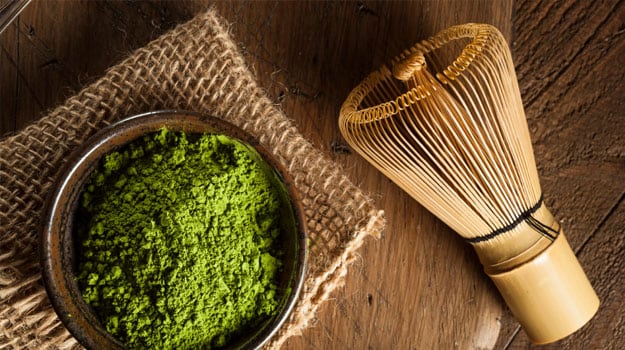
2. SeedsSeeds, in general, are nothing new, but the varieties on the market and the ways we are using them have exploded. In addition to the longtime favorites - sunflower, sesame and pumpkin seeds - flax came on the scene, and now there are chia and hemp, too. (More on hemp in a minute.) Seeds are prominently featured in new formulations of energy bars, crackers, cereals and granola; they are available ground into flours and mixed into smoothies; you can buy packages of roasted watermelon seeds (which are delicious!); and more cooks are roasting the seeds from their butternut squash instead of throwing them away.
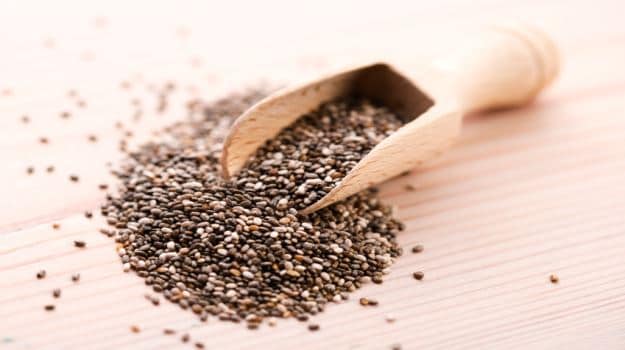
Advertisement


